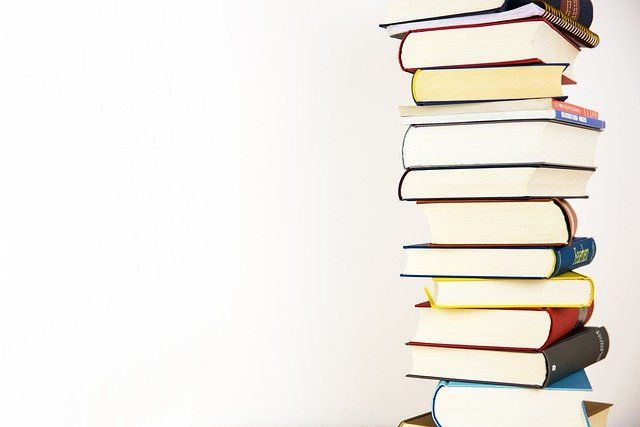Critical reading can be defined as a process where a reader applies certain theories, processes, questions, and models that in a way result in enhanced clarity and comprehension. Critical reading is an in-depth understanding of any text rather than just skimming through it. If a reader "skims'' the text, superficial characteristics and information are as far as the reader goes. Critical reading takes the reader to the "deep structure" that is, logical consistency, tone, organization, and several other very important sounding terms.
Also read: How to Develop a Reading Habit?
What does it take to be a critical reader?
1. Try to become a part of the writer's audience
All kinds of authors design texts or create content for specific audiences, and becoming a member of the target audience makes it easier to get at the author's main purpose. Try to learn about the author, the history in a more permanent place that is yours to consult. By developing a strong habit of reading and writing in conjunction, both skills will improve.
2. Always read with an open mind
Critical readers always seek knowledge; they do not "rewrite" a work to complement their own personalities. Your main task as an enlightened critical reader is to read what is there on the page, giving the writer a fair chance to develop ideas and allowing yourself to reflect thoughtfully and objectively, on that text.
3. Consider the title
This may seem quite an obvious thing to do, but the title may provide important clues to the writer's attitude, goals, objective, personal viewpoint, or approach.
4. Always read slowly
Again, this appears obvious, but it is a crucial factor in a "close reading." By slowing down, and focusing on every word, you will make more connections within the text.
5. Always use the dictionary and other reference works
If there is a word in the text that is not clear to understand or difficult to define in context: always look it up. Every word is important, and if part of the text is thick with technical terms, it is doubly important to know how the author is using them.
6. Make notes
Always write down marginal notes, underline and highlight, write down ideas in a notebook, do whatever works for your own personal taste. Note for yourself the main ideas, the thesis, the author's main points to support the theory. Writing while reading also supports your memory in many ways, especially by making a link that is unclear in the text concrete in your own writing.
7. Keep a reading journal
In addition to note-taking, it is often quite helpful to regularly record your responses and thoughts. Irrespective of how objective, technical, or scientific the subject matter is, the author will have made many decisions during the research and writing process, and each of these decisions is a potential topic for examination and debate, rather than just for blind acceptance.
We all know reading, retention, and comprehension involve remembering and understanding the main ideas, critical reading however begins the process of taking concrete action. You are not simply absorbing the information; instead, you are interpreting, categorizing, questioning, and weighing the value of that information
This is quite an important aspect of critical reading. The primary aim of critical reading is not to find fault, but to map the strength of the evidence and the argument. It is just as useful to conclude that a study, or an article, presents very strong evidence and a well-reasoned argument, as it is to identify the studies or articles that are weak.
Significance of Critical Reading
Critical reading is quite significant in the modern world, but it is becoming scarce these days among college graduates. Most people these days just read the text and believe it the way it is, without analyzing it further. Critical reading is quite different from passive reading and largely involves being skeptical about everything that you read, with a strong perspective of analyzing it.
Conclusion
Critical reading largely involves using logical and rhetorical skills. Identifying the author's thesis is a good place to start, but grasping how the author intends to support it is a difficult task. More often than not an author will make a claim and support it in the main body of the text. The support for the author's claim is in the evidence provided to suggest that the author's intended argument is sound, or more or less reasonably acceptable. What ties these two together is a series of logical links that convinces the reader of the coherence of the author's argument. If the author's premise is not supportable, critical reading will uncover the lapses in the text that show it to be unsound.
Teachmint offers the most sophisticated integrated school platform for the 21st century, bringing together the most effective elements of teaching, learning, and management together under a single roof. To know more about our features like performance management system, visit our website! Explore the range of our offerings like the lms portal.






